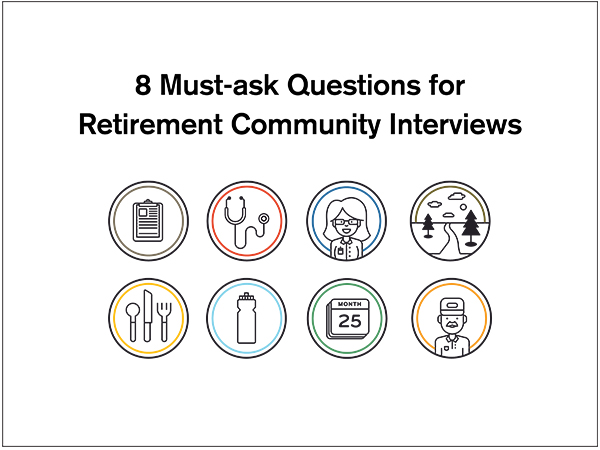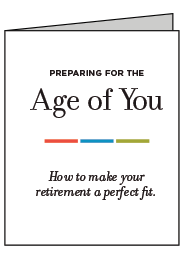The PVE Book Discussion Group began as “Clerisy,” a name evocative of intellectually motivated readers, in January 1998. This January of 2018, twenty years later, the group is taking a sabbatical.
As an organic activity at PVE, the book discussion group has evolved, first into a name change, then a proposed time and date change, but it remains consistent in the variety of books selected for discussion. A case in point is the year that is just ending. In 2017, historical magic reality, medical and end-of-life treatment vied with classic novels and racial issues in U.S. technology.
Here is a brief review of the books of ’17.
January: “The Underground Railroad” by Colson Whitehead
In this fantasy/historic blend, Whitehead imagines engineers and conductors who operate a secret network of tracks and tunnels beneath the Southern soil in pre-Civil War times. Although the historical facts of the operation of “safe houses” for runaway slaves is carefully researched and presented, there is a Harry Potter-like quality to the ingenious concept that author Whitehead creates.
As Whitehead brilliantly recreates the unique terrors for blacks in the pre-Civil War era, his narrative seamlessly weaves the saga of America from the brutal importation of Africans to the unfulfilled promises of the present day.
Resident Liz Wildberger facilitated the discussion.
February: “A Ladder of Years” by Anne Tyler
Sue Smith selected this polarizing, point-of-view novel about responsibility and led a discussion about middle-aged abandonment. “Baltimore Woman Disappears during Family Vacation” says the newspaper headline. Forty-year-old Cordelia Grinstead is last seen strolling along a Delaware beach, wearing nothing more than a bathing suit and carrying a beach tote with $500 tucked inside. To her husband, Sam, and three children, she has vanished without trace or reason.
However, for Delia, who feels like a tiny gnat buzzing around the edge of her own family, “walking away from it all” is not a premeditated act but an impulse that will lead her to a new, exciting, and unencumbered life. Delia re-invents herself in a nearby town, gets her first job, finds her own place, and buys her first business suit. But fresh responsibilities inevitably accumulate.
March: “Being Mortal” by Atul Gawande
Atul Gawande, surgeon, writer and public health researcher, was the author of the book chosen for discussion at the March meeting of the PVE Book Discussion Group. This timely book is a narrative about end of life and assisted living choices available to the terminally ill. It is also a Guide to Choosing manual for those of us facing life-changing events. The subtitle of “Being Mortal” is “and what matters in the end.”
This is a clear assessment of individuals’ right to choose based on careful research. Dr. Gawande is a Stanford graduate who attended Harvard Medical School and has superior credentials in public health.
Dair Rausch, a physician’s wife and PVE resident, led the discussion of this illuminating look into the field of personal choices available to those who find themselves at the threshold of end-of-life decisions — decisions made by us and not a burdensome task for family members.
April: “The Spectator Bird” by Wallace Stegner
The PVE Book Discussion Group returned to a classic novel by Wallace Stegner, one that was awarded the National Book Award. “The Spectator Bird” is a novel that deals with marriage, aging and change — all just as relevant themes today as they were years ago when Stegner, head of the Stanford Writing Project, wrote his book.
Joe Allston, the protagonist, has neither ancestors nor descendants, and his job as a literary agent has made him a “spectator” to life. In a decision to revisit his early life, Joe finds that moving through layers of time and meaning reveals that he is more than a spectator. Each scene, as The Atlantic said in its review, “is adroitly staged and each effect precisely accomplished.” Liz Wildberger facilitated the book discussion.
May: What’s your favorite?
The discussion of the novel “Gilead” originally planned for May was postponed until June. With summer days approaching, what to read was on the minds of the members of the PVE Discussion Group so the group met to share their favorite “good reads.” While they expected their Book List would not generate the popularity that Oprah’s does, it would be a good start for readers as they reached for their next book.
June: “Gilead” by Marianne Robinson
“There is a balm in Gilead To make the wounded whole.” These lines from the United Methodist Hymn Book provide the title for Marilynne Robinson’s novel “Gilead.” In this case, it is not a Biblical Gilead; it is the small town in Iowa as described by John Ames, a 76-year old pastor.
Using a diary-style narrative, the author combines long and short entries, reminiscences, moral advice and more to Ames’ seven-year-old son. John Ames’ marriage to a much younger woman has made him a mature and thoughtful father, one filled with American religious spirit expressed through Congregationalism and a Protestant bareness captured by poets like John Donne. In the diary, Ames records stories about his pacifist father and abolitionist grandfather as well as the details of an everyday life. Mary Ann McKinney leads the discussion of this Pulitzer- prize winning novel.
July: A Pause in Chapters.
The PVE Book Discussion Group doesn’t sweat the small stuff in their efforts to treat monthly selections with profound respect. But Northern California’s July heat wave caused their book pages to stick together and their Kindles to be sluggish. Instead of reading, they celebrated July by sipping tall, cool drinks on the terrace and spending time in the pool. They resumed their break from the rigors of the literary scene in August, when members, readers and other residents would have had ample time to recuperate from their varied lethargies.
August: “Hidden Figures” by Margot Lee Shetterly
You’ve seen the film; now read the book. “Hidden Figures” by Margot Lee Shetterly is a multi-layered homage and celebration of the black women who demonstrated that women — and, more precisely, black women — could have minds of mathematical precision too brilliant to be hindered by racism and sexism.
This book is a carefully researched study of the women who refused to be relegated to traditional, low-paying teaching jobs and insisted on entering a segregated work force that considered them “invisible and invaluable at the same time.” Ann Farber-Drake was the group’s discussion leader.
September: “Hillbilly Elegy” by J.D. Vance
PVE’s Book Discussion Group selected “Hillbilly Elegy” by J.D. Vance as the selection for September. The author was raised in Middletown, Ohio, a now-decaying steel town filled with Kentucky transplants who moved there shortly after World War II. Though Vance’s grandparents (Mamaw and Papaw) eventually managed to achieve the material comforts of a middle-class life (house, car), they brought their Appalachian values and habits with them.
Some were wonderfully positive, like loyalty and love of country. But others, like a tendency toward violence and verbal abuse, were not acceptable to new neighbors. The book is subtitled: “A Memoir of a Family and a Culture in Crisis.” Beverly Ragusa led the discussion of this thoughtful memoir.
October: “Winesburg, Ohio” by Sherwood Anderson
Sherwood Anderson’s masterpiece, “Winesburg, Ohio,” was published in 1919, but the freshness of the collection of short stories, drawn together by characters in a small Mid-western town, resonates with readers today as a wise and realistic look at American life in the 1890s.
George Willard, a young reporter who becomes the confidant of this town’s solitary figures, is the character that records a narrative of universal emotions. At one point, an old man says to George, “It (love) is the divine accident of life,” and in this beautifully written American classic, Anderson, a premier author, explores these emotions that are part of the human condition.




